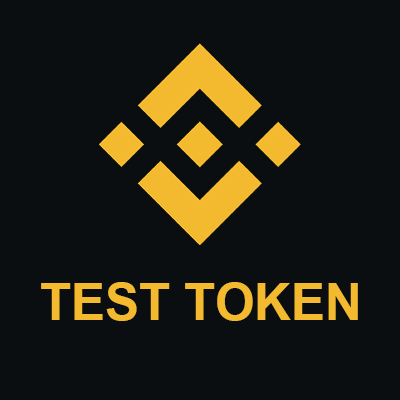Coin-related
Price calculator
Price history
Price prediction
Technical analysis
Coin buying guide
Crypto category
Profit calculator
What is Vertex Protocol (VRTX)?
Vertex Protocol basic info
What is Vertex Protocol (VRTX)?
Vertex Protocol is a decentralized exchange that was introduced to the market in April 2023. It is a hybrid orderbook-AMM DEX constructed on the Arbitrum L2. Vertex implements unified cross-margin across spot, perpetuals, and an integrated money market across 23+ markets with a competitive, low trading fee model. Vertex's orderbook is highly efficient, allowing for low-latency order matching of 15 - 30 ms, similar to most Centralized Exchanges (CEXs), while still maintaining the non-custodial philosophy of DeFi.
Who are The Founders of Vertex Protocol (VRTX)?
Darius Tabatabai and Alwin Peng, two individuals with contrasting backgrounds and a nearly 20-year age gap, came together in 2022 during a period of market turbulence that swept the industry over the 2022 Summer. They were introduced by a mutual colleague and quickly found common ground in their passion for problem-solving and innovation. The growing demand for decentralized exchanges that combined the performance and capital efficiency of centralized exchanges with the self-custody values of DeFi led to the creation of Vertex Protocol.
Darius, an experienced trader with a background in FX, commodities, and crypto, previously held senior trading positions at JST Capital, CrossTower, Merrill Lynch, and Credit Suisse. He has a BSc in Government Economics from the London School of Economics and a Masters of Science in Computer Science from the University of York. Alwin, on the other hand, was the youngest person ever hired by Jump Trading and began his career in DeFi immediately after graduating from high school. He rapidly established himself as a talented and prolific developer, having initially built the popular NFT marketplace RandomEarth on Terra in 2022 before joining Darius to co-found Vertex later that summer.
How does Vertex Protocol (VRTX) Work?
Vertex Protocol has a unique hybrid design that combines a centralized limit order book (CLOB) and an automated market maker (AMM). This approach ensures that liquidity is always high as positions from pairwise LP markets populate the orderbook. Vertex's smart contracts manage the risk engine and core products, which helps to minimize gas fees and Miner Extractable Value (MEV) on the underlying Arbitrum layer two (L2) that Vertex operates on. The combination of the hybrid design and off-chain sequencer architecture enables lightning-fast trading and effective liquidity utilization across a broader range of DeFi assets. Additionally, the integrated AMM is located on-chain, which means it functions as the default state of the protocol and is managed at the smart contract level, known as "Slo-Mo Mode."
What is the VRTX Token?
VRTX serves as the fungible protocol token of Vertex Protocol, representing utility functions specified in the protocol's code. Within the DEX, VRTX has various utilities, including staking to contribute to the safety of the ecosystem, rewarding variable levels of contributions and commitments, and generating a user score known as voVRTX. This score incentivizes security and long-term commitment to the protocol, and users with higher voVRTX scores are eligible to receive rewards from a percentage of the protocol's revenue. The voVRTX boosting system aims to encourage long-term VRTX staking, increase active user participation, and benefit Vertex contributors with long-term perspectives.
VRTX supply and tokenomics
Links
What is the development prospect and future value of VRTX?
The market value of VRTX currently stands at $27.44M, and its market ranking is #743. The value of VRTX is not widely recognized by the market. When the bull market comes, the market value of VRTX may have great growth potential.
As a new type of currency with innovative technology and unique use cases, VRTX has broad market potential and significant room for development. The distinctiveness and appeal of VRTX may attract the interest of specific groups, thereby driving up its market value.
Is VRTX worth investing or holding? How to buy VRTX from a crypto exchange?
How to get Vertex Protocol through other methods?
What is Vertex Protocol used for and how to use Vertex Protocol?
Learn about other cryptos




















.png)




















